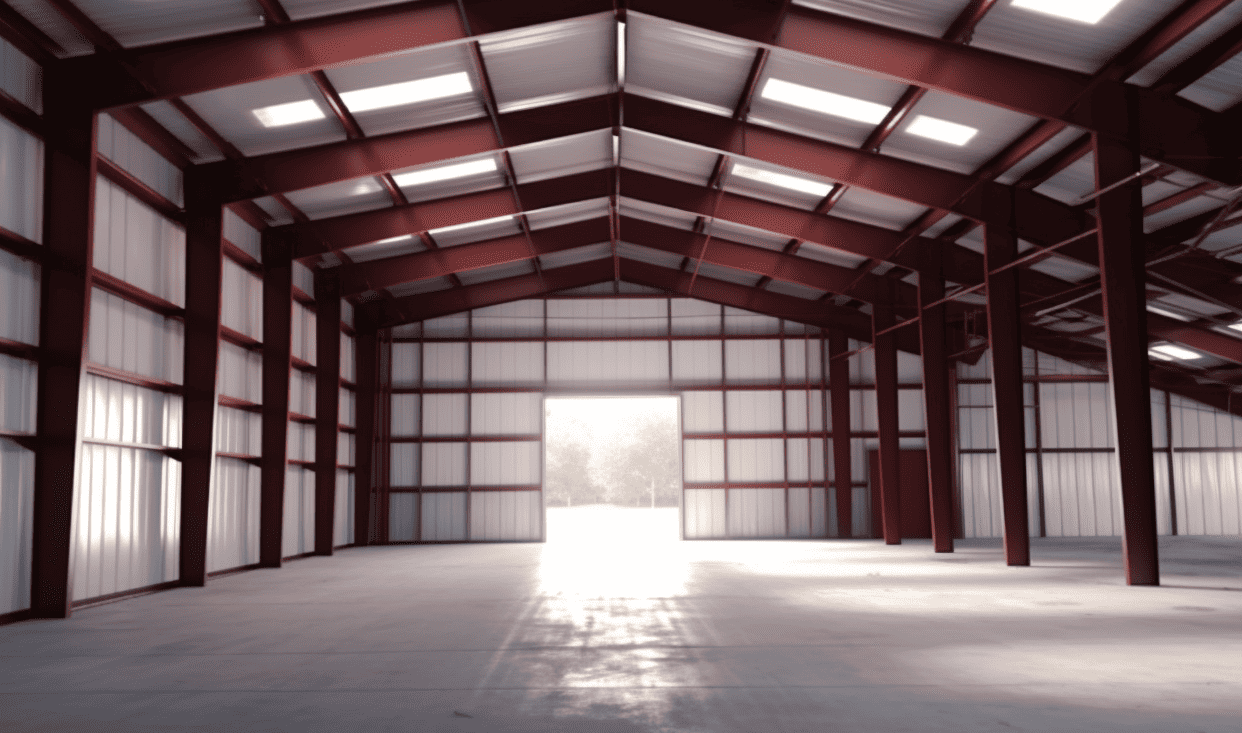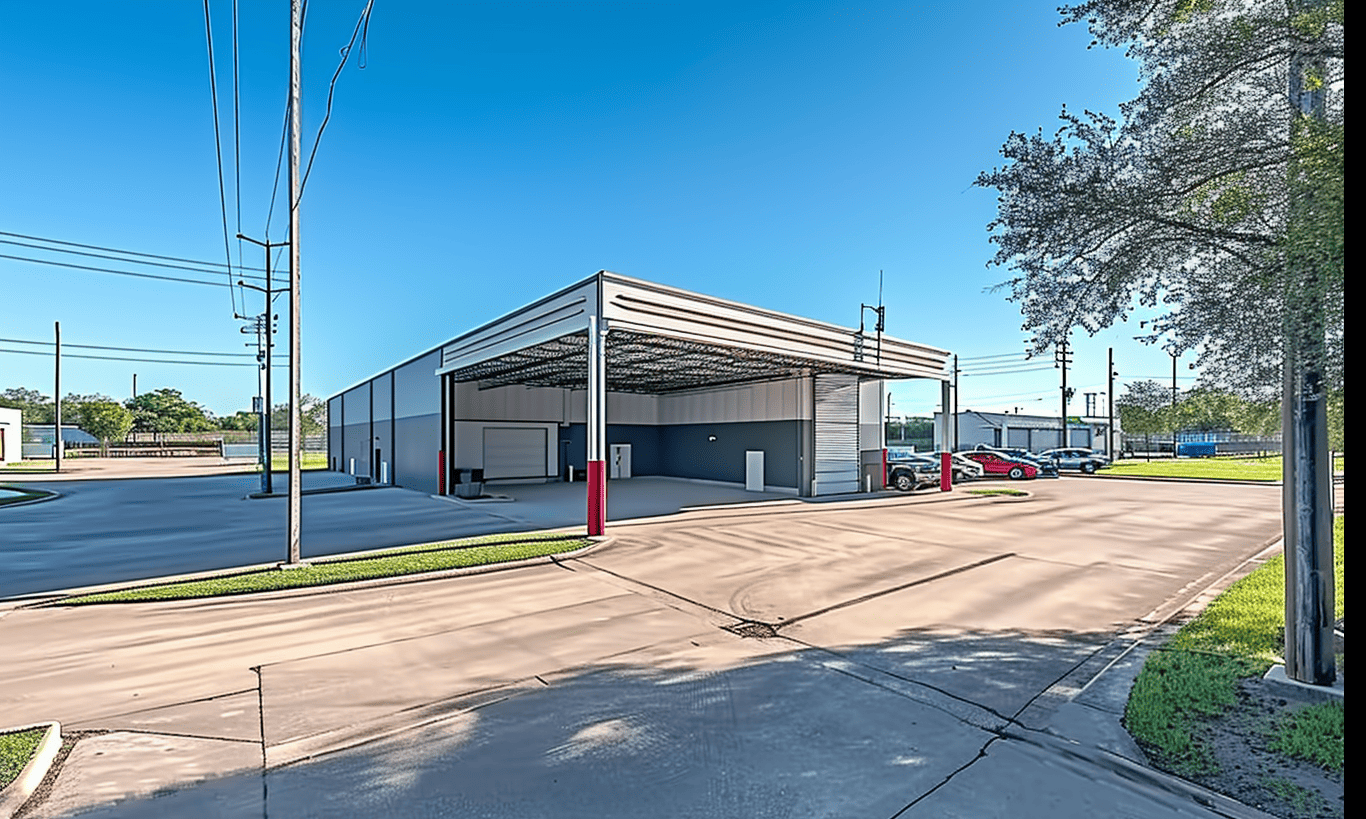Building a new structure is an invigorating journey that culminates in a space uniquely adapted to your needs, whether it’s a residential abode, a commercial entity, or a versatile addition to a farm. However, this exciting venture can quickly spiral into a nightmare due to building code violations. Imagine constructing a magnificent house only to find out later that it doesn’t comply with local building standards—a dilemma that can lead to costly repercussions.
Understanding the intricacies of building codes is akin to navigating a maze. Every twist represents a specific requirement or rule designed to ensure safety, sustainability, and efficiency. As daunting as it may seem, familiarizing yourself with these standards is crucial in preventing code violation consequences that could lead to legal battles or tearing down of structures.
Understanding Building Code Violations
Building code violations occur when construction work does not comply with the government’s standard regulations. These codes vary significantly across different regions, often under the jurisdiction of local municipalities. In essence, building codes are established to guarantee that structures meet minimum safety and operational standards, impacting various aspects from structural integrity to energy efficiency.

The Importance of Compliance
Failing to adhere to building codes can result in a cascade of complications. Code violation consequences range from non-issuance of occupancy permits to monetary penalties or even enforced demolitions. Moreover, non-compliance can also impact property insurance and resale values, deterring potential buyers due to perceived risks or regulatory ambiguities.
Common Pitfalls Leading to Violations
The path to a successful, compliant construction project is often riddled with potential pitfalls. One such common error is neglecting to obtain necessary permits, which often leads to unauthorized work being done. According to the Permits and Local Building Codes resource, thorough research and application for the appropriate permits must be a priority from the very beginning.
Another frequent issue arises from miscommunication among stakeholders. Architects, contractors, and owners must be synced to avoid disparate interpretations of codes or plans. Additionally, evolving local codes mean constant vigilance is required to ensure ongoing compliance with new regulations.
Regional Variations in Building Codes
Different regions have different requirements. For instance, steel construction in Ontario has its own set of guidelines, emphasizing factors like load-bearing capabilities and environmental considerations due to specific regional climatic conditions. Likewise, in Alberta, the Municipal Affairs Alberta – Building Code Violations highlight the importance of understanding how local geological features influence construction practices.
Scheduling Regular Building Inspections
Building inspections act as a construction process’s safety net, catching potential building code violations before they spiral into larger issues. However, the process can be both intricate and audacious, especially for the unprepared. For insights into what to anticipate during an inspection, consider resources such as Building inspections – what to expect.

Proactive Measures for Compliance
Preventative measures are far more effective than reactive ones, especially in construction. Maintaining an updated checklist reflecting local building codes ensures that stakeholders remain focused on compliance. Additionally, engaging a skilled architect or engineer familiar with local regulations can provide invaluable guidance.
Education and Continuous Learning
Construction professionals must remain avid learners to navigate shifting building codes adeptly. Workshops, courses, and forums equip professionals with the latest best practices, ensuring that their projects remain compliant from inception to completion.

The Role of Technology in Compliance
Technology is increasingly pivotal in ensuring adherence to building codes. Tools such as building information modeling (BIM) simulate and analyze models to meet necessary standards, minimizing errors in real-time. Moreover, project management software ensures seamless coordination among stakeholders, keeping everyone updated on compliance status and flagging issues promptly.
Conclusion
Navigating the maze of building code violations may seem overwhelming at first, but with the right strategy, construction projects can seamlessly adhere to all regulations. Staying informed about local rules, obtaining necessary permits, and scheduling regular building inspections are fundamental to this process. Being proactive, engaging with knowledgeable professionals, and utilizing technological tools are your best defenses against unforeseen challenges. These steps will not only mitigate legal risks but also ensure that your building is both safe and future-proof.
The joy of seeing your building rise should not be overshadowed by compliance issues. By mastering the code, you can transform every structure into a testament to innovation and resilience.










